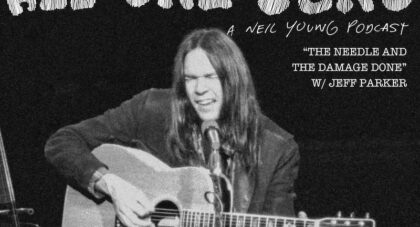On Steve Tibbetts' Life Of, the new age trappings are gone, the subtle accompaniment of piano, “gong cycles,” gamelan influences (based on his travels and study in Bali and Nepal), the still-in-there-someplace Midwestern Kottke vibes, all synthesized so exquisitely. The secret sauce in his playing is partly due to his instrument; an old Martin D-12-20 12-string with worn down frets and dead strings. He describes it as having a “peculiar internal resonance, as though it has a small concert hall inside of it . . .
Only the good shit. Aquarium Drunkard is powered by its patrons. Keep the servers humming and help us continue doing it by pledging your support.
To continue reading, become a member or log in.


